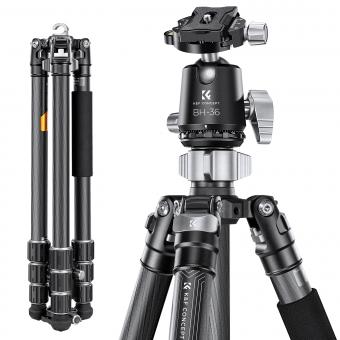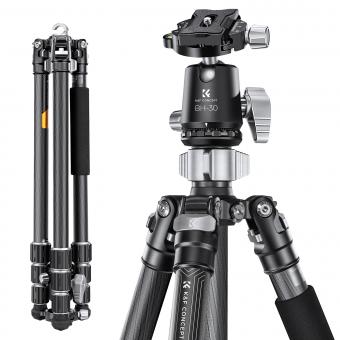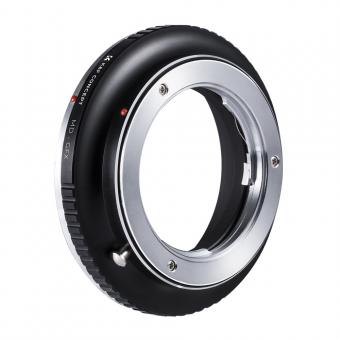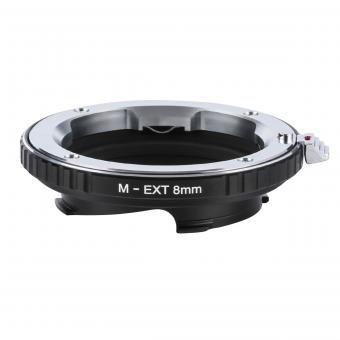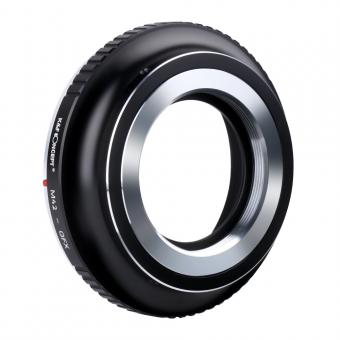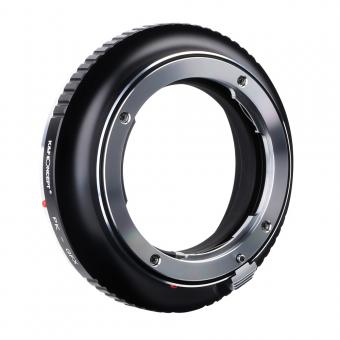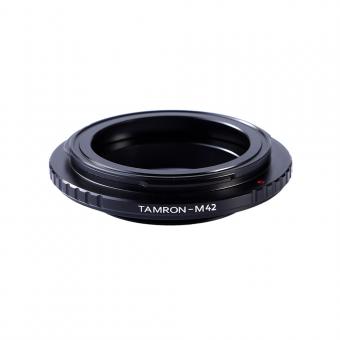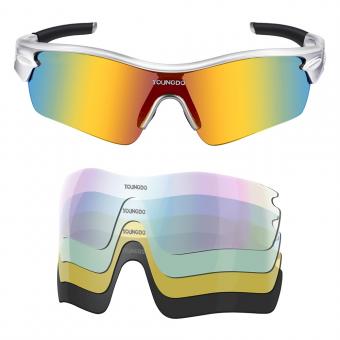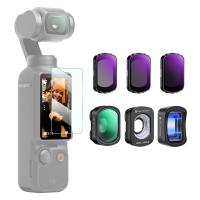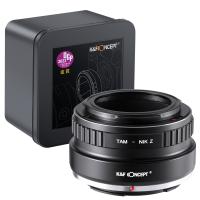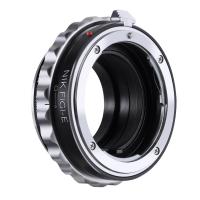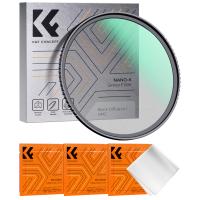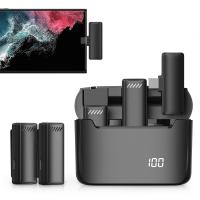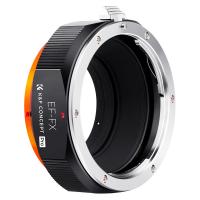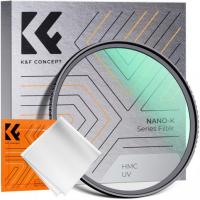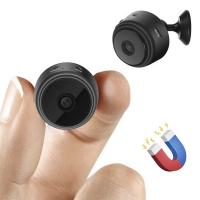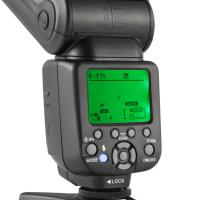How Do I Choose Binoculars?
Choosing the Right Binoculars: A Comprehensive Guide
When it comes to selecting the perfect pair of binoculars, the process can be overwhelming due to the myriad of options available on the market. Whether you are a bird watcher, a stargazer, a sports enthusiast, or simply someone who enjoys observing nature, the right binoculars can significantly enhance your experience. This guide aims to demystify the process and help you make an informed decision based on your specific needs and preferences.
Understanding Binocular Specifications
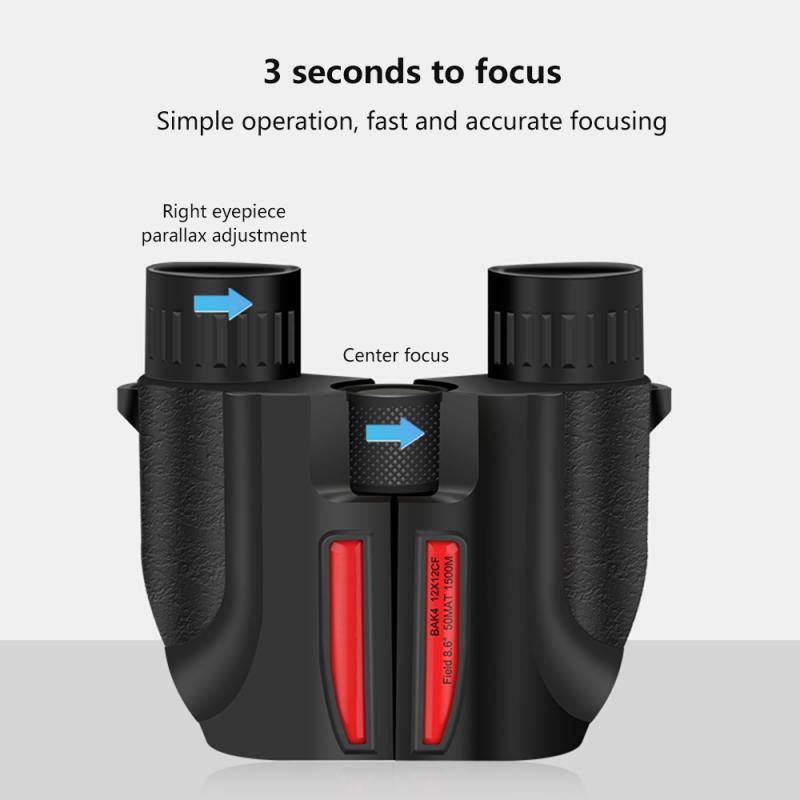
Before diving into the selection process, it is crucial to understand the basic specifications of binoculars. These specifications will help you compare different models and determine which features are most important for your intended use.
1. Magnification and Objective Lens Diameter: Binoculars are typically described by two numbers, such as 10x42. The first number (10x) represents the magnification power, meaning the object will appear ten times closer than it would to the naked eye. The second number (42) is the diameter of the objective lens in millimeters. Larger objective lenses gather more light, which is beneficial in low-light conditions but also make the binoculars heavier.
2. Field of View (FOV): This is the width of the area visible through the binoculars at a specific distance, usually measured in feet at 1,000 yards. A wider FOV is advantageous for tracking moving objects, such as birds or athletes.
3. Exit Pupil: This is the diameter of the beam of light that reaches your eye, calculated by dividing the objective lens diameter by the magnification. A larger exit pupil provides a brighter image, which is particularly useful in low-light conditions.
4. Eye Relief: This is the distance from the eyepiece to your eye where the full field of view is visible. Longer eye relief is essential for eyeglass wearers to see the entire image without vignetting.
5. Prism Type: Binoculars use prisms to correct the orientation of the image. The two main types are Porro prisms and roof prisms. Porro prisms are generally bulkier but offer better depth perception and a wider field of view. Roof prisms are more compact and durable but can be more expensive.
Identifying Your Needs
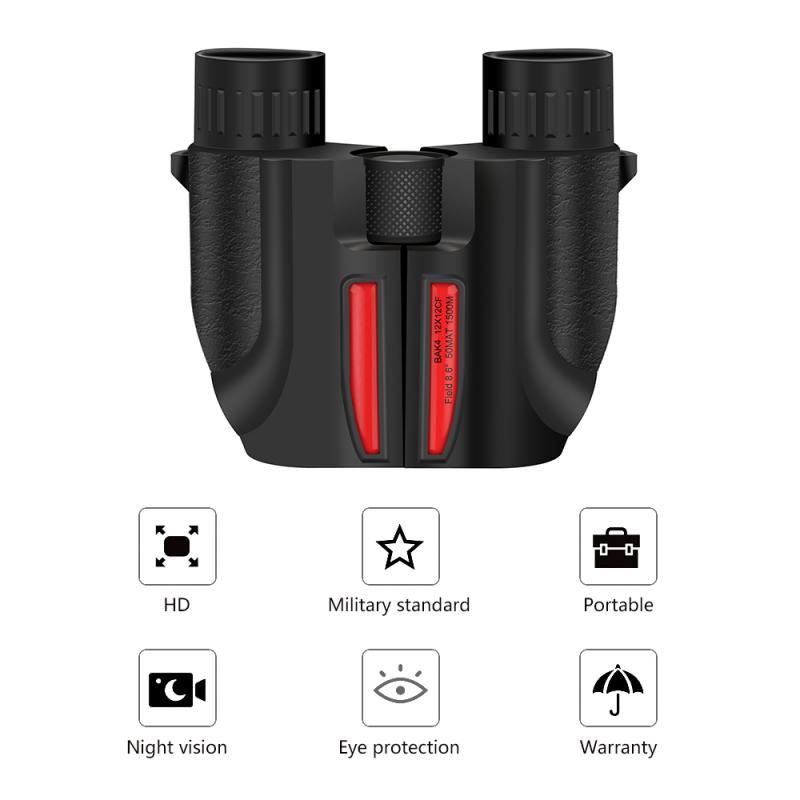
The best binoculars for you will depend on how you plan to use them. Here are some common use cases and the features that are most important for each:
1. Bird Watching: For bird watching, a magnification of 8x to 10x is ideal, as it provides a good balance between image stability and detail. A wide field of view is also crucial for tracking fast-moving birds. Look for binoculars with good close-focus capabilities to observe birds at varying distances.
2. Hiking and General Outdoor Use: If you plan to carry binoculars on hikes, weight and size are important considerations. Compact binoculars with a magnification of 8x and an objective lens diameter of 25mm to 32mm are usually sufficient. Durability and waterproofing are also essential features for outdoor use.
3. Stargazing: For astronomy, higher magnification (10x to 20x) and larger objective lenses (50mm or more) are beneficial to gather more light and see distant celestial objects. However, higher magnification can make the image shakier, so consider using a tripod for stability.
4. Sports Events: When watching sports, a magnification of 8x to 10x is typically adequate. A wide field of view is important to follow the action across the field or court. Compact and lightweight models are preferable for ease of transport.
5. Marine Use: For boating or marine activities, binoculars with a magnification of 7x are standard, as higher magnification can be difficult to stabilize on a moving platform. Waterproofing and fog-proofing are essential, and some models come with built-in compasses and rangefinders.
Additional Features to Consider
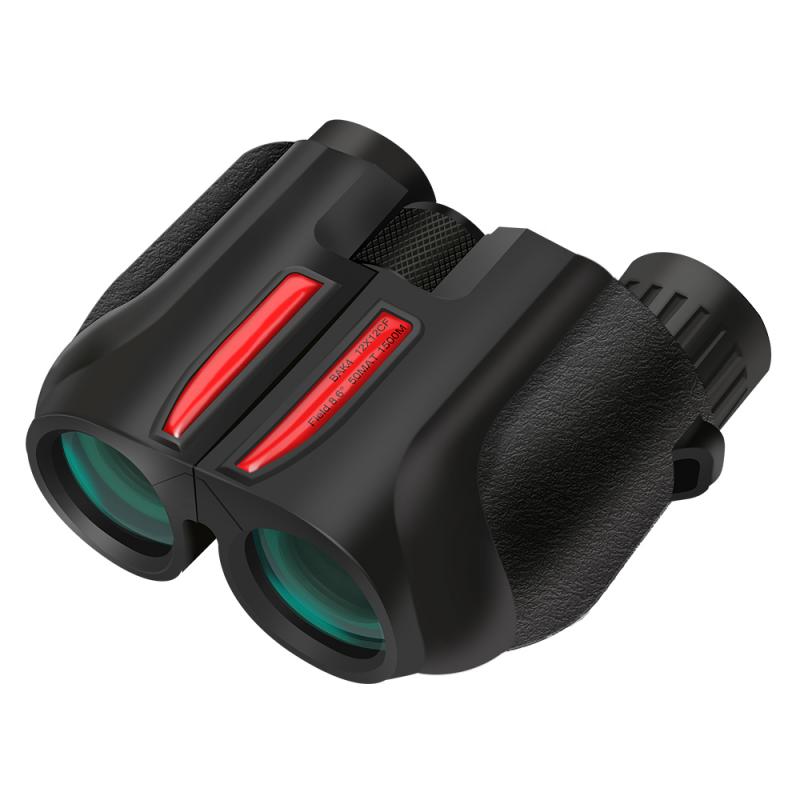
Beyond the basic specifications, there are several additional features that can enhance your binocular experience:
1. Lens Coatings: Quality lens coatings can significantly improve light transmission, reduce glare, and enhance image clarity. Look for binoculars with fully multi-coated lenses for the best performance.
2. Waterproof and Fog-proof: If you plan to use your binoculars in harsh weather conditions or near water, waterproof and fog-proof models are essential. These binoculars are sealed with O-rings and filled with nitrogen or argon gas to prevent internal fogging.
3. Image Stabilization: Some high-end binoculars come with image stabilization technology, which can be particularly useful for high magnification models or for use on moving platforms like boats.
4. Adjustable Eyecups: Eyecups that can be twisted up or down are beneficial for both eyeglass wearers and non-eyeglass wearers, allowing for a comfortable viewing experience.
5. Weight and Ergonomics: Consider the weight and feel of the binoculars in your hands. Heavier models can be tiring to hold for extended periods, while ergonomically designed binoculars with a comfortable grip can enhance usability.
Trying Before Buying
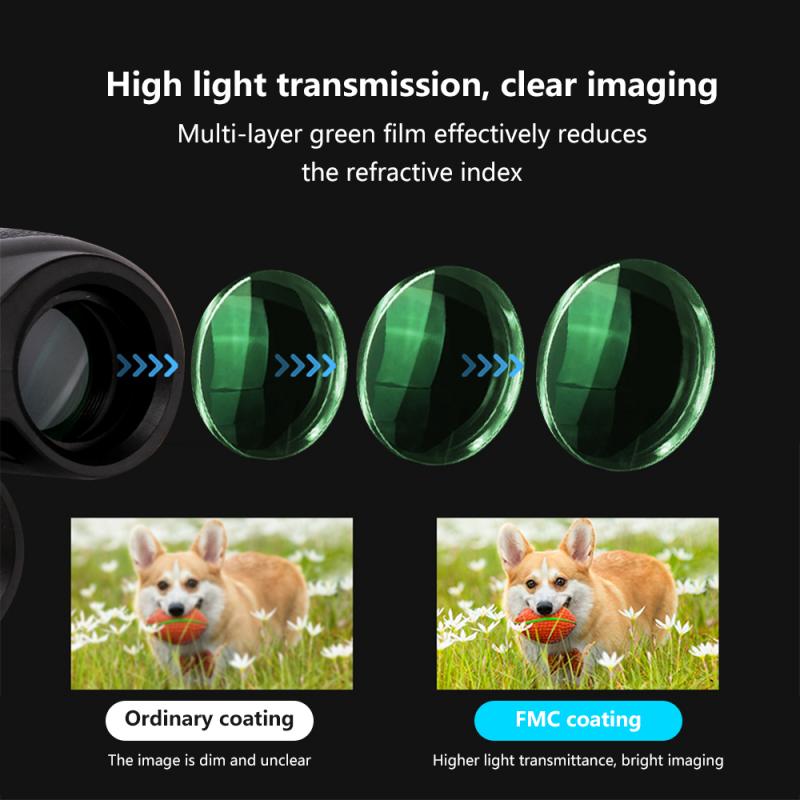
Whenever possible, try out different binocular models before making a purchase. Visit a store that specializes in optical equipment and test the binoculars in various lighting conditions. Pay attention to how they feel in your hands, the clarity and brightness of the image, and how easy they are to focus. If you wear glasses, make sure to test the binoculars with your glasses on to ensure adequate eye relief.
Budget Considerations
Binoculars are available at a wide range of price points, from budget-friendly options to high-end models. While it can be tempting to go for the cheapest option, investing in a quality pair of binoculars can make a significant difference in your viewing experience. Higher-priced models often feature better optics, more durable construction, and additional features that enhance performance. Determine your budget and look for the best quality binoculars within that range.
Choosing the right binoculars involves understanding the key specifications, identifying your specific needs, and considering additional features that can enhance your experience. By taking the time to research and test different models, you can find the perfect pair of binoculars that will provide clear, bright, and stable images for your chosen activity. Whether you are observing birds, stargazing, or enjoying a sports event, the right binoculars can open up a world of detail and wonder.



